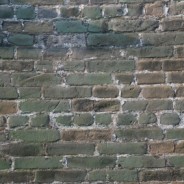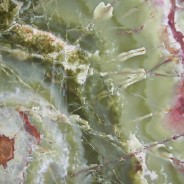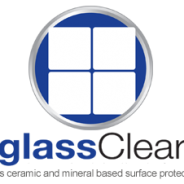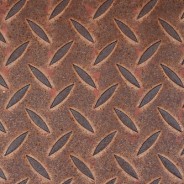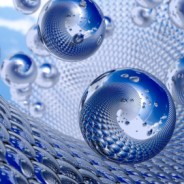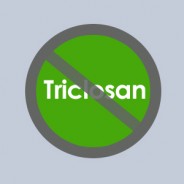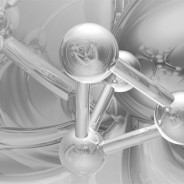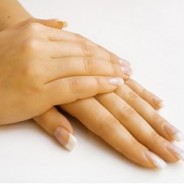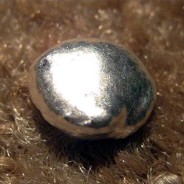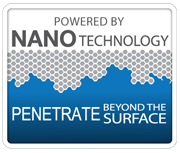Simply brush it off with a stiff brush. Once brushed off apply Concrete Protect and apply second layer, wet on wet, within 10 mins of first layer as per instructions. Note: If you try to remove the efflorescence with water you will simply send the salts back into the substrate and make it harder to treat effectively.
read moreImportant: before you try any of these tests, you must first remove any traces of previous coatings or cleaning agents. Unless otherwise stated in the Product Information or Application instructions, our products must always be applied to a CLEAN SUBSTRATE. Cleaning the surface depends on whatever was previously applied to the surface. Petrochemicals, for example, need an alcohol-based cleaner to remove traces of this and then they require a...
read moreTheir easy-to-clean effect results from a chemical reaction of a sol gel solution. After the curing process a cross-linked, three dimensional nanoscale structure is created – only a few atoms thick. These structures give the glass an extremely durable hydrophobic effect. The completely invisible treatment cannot be removed by water, cleaning agents or with high pressure equipment. This extremely thin coating provides the lowest consumption...
read moreNanolia’s PowerCoat PRO is perfect for use on aluminum (whether treated or not) stainless-steel, brass, copper, magnesium, ceramics, GFK glass-fiber and concrete as well as on plaster surfaces, hardwood and mineral bases Based on the latest research into chemical nanotechnology, Nanolia has announced the availability of a two-part clear coating with amazing properties including exceptional gloss retention and long term weather resistance...
read moreApart from the fact that our coatings and impregnations are bio-degradable, environmentally friendly, non-allergenic, easy to clean, easy to apply, do not smell bad, do not put a room out of action for a long time while drying, a little goes a very long way and overall they help reduce the carbon footprint, we at Nanolia would be very interested to hear our readers’ views on this important matter. For starters: Our coatings and impregnations...
read moreSo here’s a few of the known applications. We’d love to hear from you if you have some other suggestions that could be HUGE if only we knew. We might even send a nano-prize to the contributors of the best or most unusually practical ideas. As a reminder, this is what nano-coatings are all about … Nanolia coatings are based on pure liquid glass, silicon dioxide, SIO2. Among their many qualities they are “superdurable” and...
read moreIn August 2009, the Canadian Medical Association asked the Canadian government to ban triclosan use in household products under concerns of creating bacterial resistance and producing dangerous side products (chloroform). Triclosan also reacts with the free chlorine in tap water to produce lesser amounts of other compounds, like 2,4-dichlorophenol. Most of these intermediates convert into dioxins upon exposure to UV radiation (from the sun or...
read moreNanotechnology has rendered silver into an exceedingly powerful tool destined to be one of the most commonly used minerals in the modern health industry, environmental management industry, communications industry, sanitation industry, alternative power industry, energy industry and so many others. This wide-spread application is largely due to that of nano technology’s influence upon silver’s well-established (A) biological catalytic...
read moreBy Marion Horn, Reporter The risk of infection is high after an operation. Patients can be infected with antibiotic resistant bacteria. To avoid this, our researchers have studied the use of silver. We have now made effective remedies for this type of infection by using nano technology. Kings could afford to eat and drink from silverware as an expression of wealth, power and dignity. But that was not the only reason. The precious metal protected...
read moreWhat is colloidal silver? Basically a colloid is a homogenous system in which substances are to be found from two different phases (states). For example soot particles in the air (smoke), water vapour in the air (clouds), red corpuscles in water (blood) etc. There are many products on the market under the title silver colloids, but they are not necessarily comparable to the real thing. A real silver colloid (pure silver dispersed in water) on...
read more
